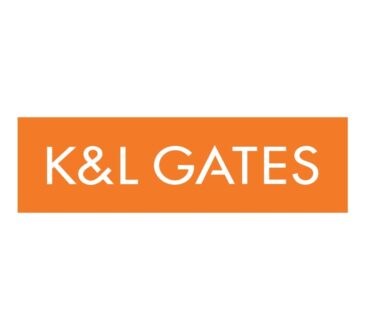
Sydney-based investors Joe and Gianna Ciardi are among those in the process of borrowing within their SMSF to expand their portfolio.
“Gianna and I already bought six properties in our personal names, so we’re already tapped out. We keep trying to make new headroom, so we can borrow more, but we keep hitting a new ceiling, so we decided to borrow within our super,” Mr Ciardi said.
“We’re in our late 30s and have built a decent amount of cash in our super that are invested in shares, so we could liquidate those and use it as a deposit to buy another property. We certainly have a lot more cash that we can leverage within our super than what we can use in our personal names.
“Property investment has proven the most reliable and successful in our experience, so if we could use our superannuation to get a mortgage to invest in property, why not? It would be silly not to.”
Investors borrowing through their super are assessed based on their super balance, past and ongoing contributions and the rental income of the proposed property purchase, said Raj Khatak, mortgage broker with Your Finance Adviser.
“This means borrowers are starting with a clean slate, so to speak. Their costs of living expenses, mortgages and personal income outside their super are not taken into account,” he said.
“So even if they don’t have capacity to borrow outside their super, they are likely to qualify for a mortgage when borrowing within their SMSF, as long as they meet the liquidity and deposit requirement which is around 30 per cent of the property purchase.”
There are more than 600,000 self-managed funds managing a total of $914 billion in funds based on the latest Australian Taxation Office data.
Other than the smallest funds, property on average constitutes around 20 per cent of the assets held.
Funds with balances of between $200,000 and $2 million mostly rely on limited-recourse borrowing arrangements to partly fund an asset purchase. In this case, almost all the assets bought (97 per cent) are property, with more than half of this being residential property, according to Challenger.
Scott Kuru, property investor and co-founder of property investment advisory firm Freedom Property Investors, said the portion of clients setting up their fund to invest in property had more than doubled since 2019.
“A lot of them can’t borrow any more money in their own name, and they believe property would deliver better returns than shares in the next 10 years because of the ongoing supply shortage, so they’re looking for ways to leverage safely,” he said.
“Investors could potentially borrow $500,000 to $800,000 more on average within their super compared to borrowing in their personal names, depending on their super balance and the contributions they’ve been making on a regular basis, because the lenders want to see liquidity.”
Interest rates are higher
Russell Munfaredi, director of mortgage broking firm Mortgage Pros, said interest rates charged by self-managed super fund lenders were typically around 1 per cent higher than mainstream mortgages, but the sector was becoming competitive.
“We’re seeing more second-tier lenders coming into the SMSF space, so the competition is becoming aggressive, which means borrowing is becoming cheaper and easier as long as you meet the deposit and liquidity requirements,” he said.
But SMSF Association chief executive Peter Burgess warned that while there was no legal obligation to diversify, SMSF trustees were required to consider diversification when formulating their investment strategy to ensure liquidity in their funds.
“They can’t just put all their eggs in one basket, so they can’t have 100 per cent property in their fund, they also have to have cash,” he said.
“There’s no rule against having a significant portion of property in their fund, as long as it’s consistent with their investment objectives and have considered the risks associated with the lack of dividends.”
CoreLogic head of research Eliza Owen said the share of investor lending ballooned to 36.1 per cent of all lending in February, which was well above the 34 per cent decade average.
“A rise in rental yields alongside expectations that housing values could rise and rental markets remaining tight for an extended period of time could be attracting more investors back into the market,” she said.
Oxford Economics predicts house prices nationwide could increase by 20 per cent over the next three years, fuelled by lower interest rates, strong demand and supply shortage.
In the past 12 months, home values climbed by 8.8 per cent to a record, despite higher interest rates, according to CoreLogic. During the same period, asking rents surged by 11 per cent, while rental yields rose by 3.6 per cent.




